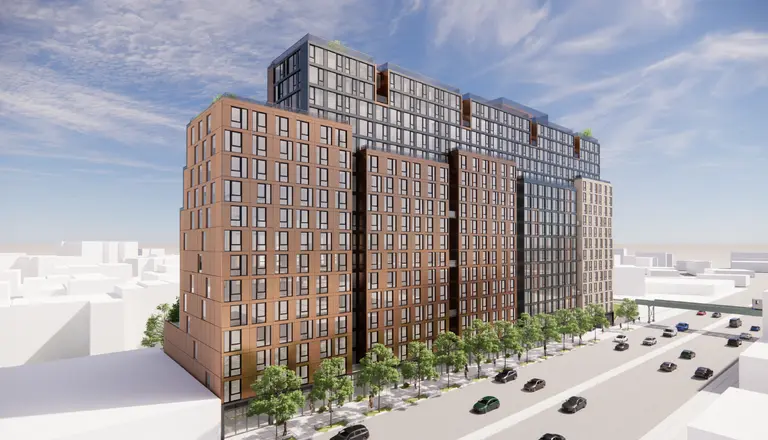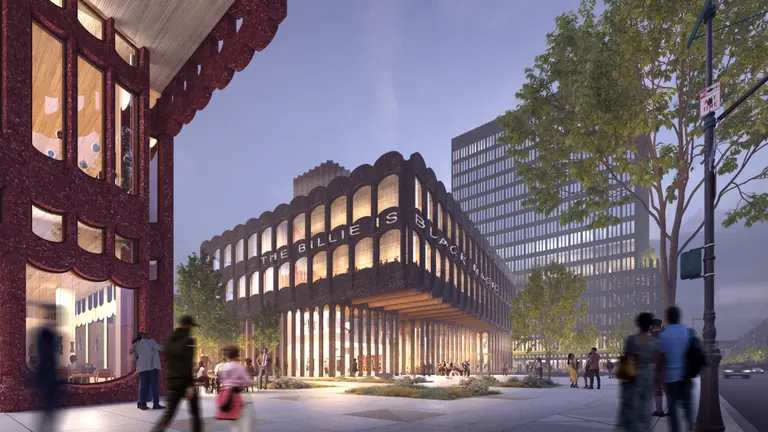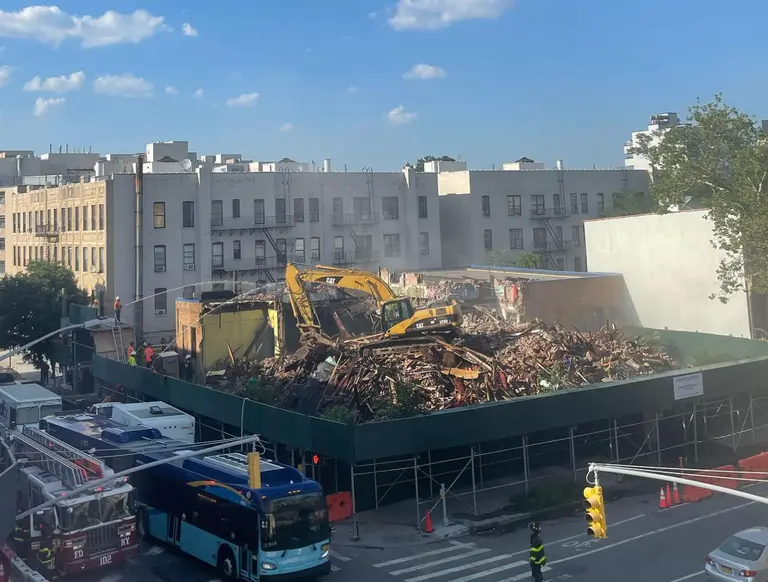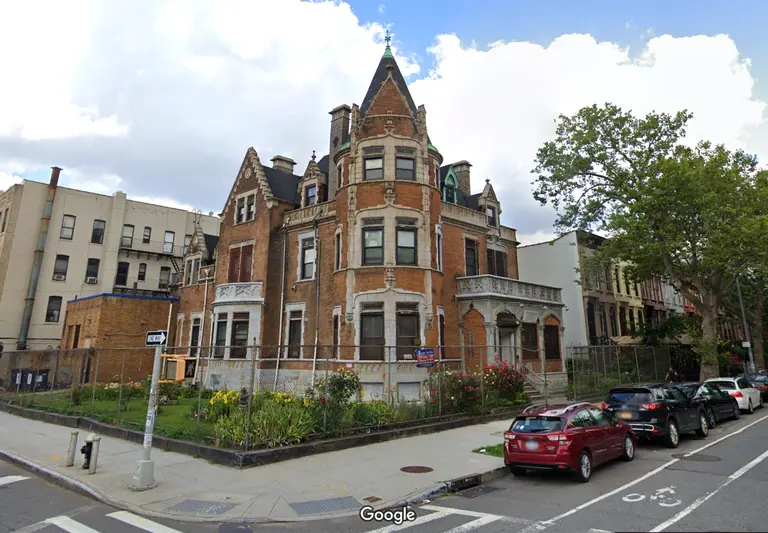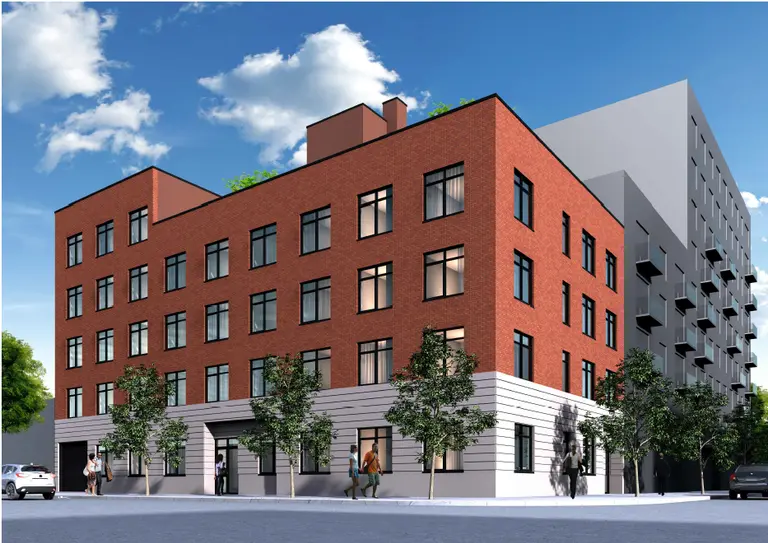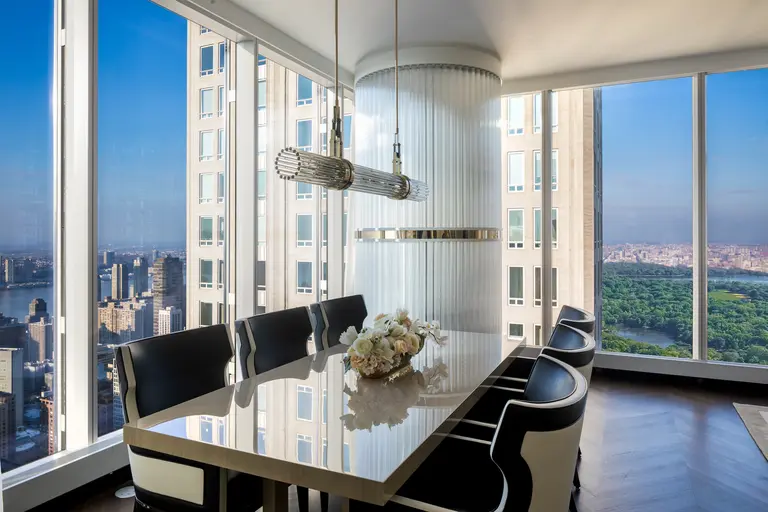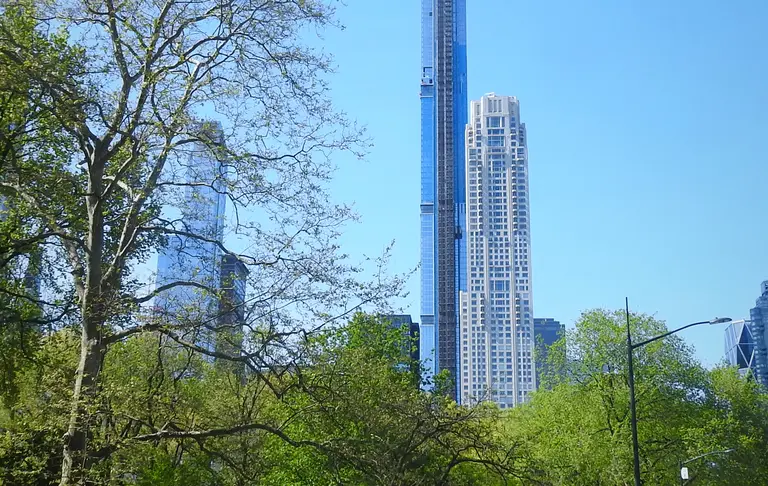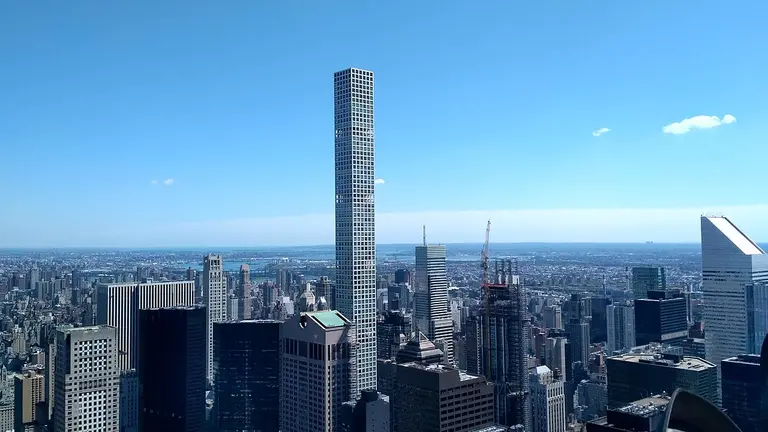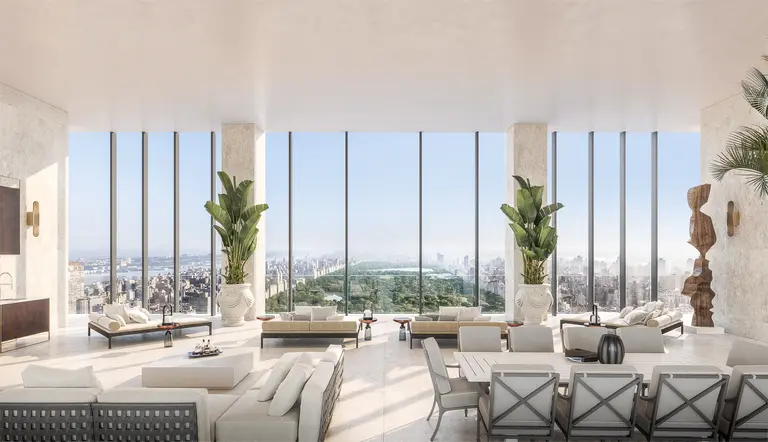City Council Task Force Will Look at Park Shadows Cast by Supertall Towers
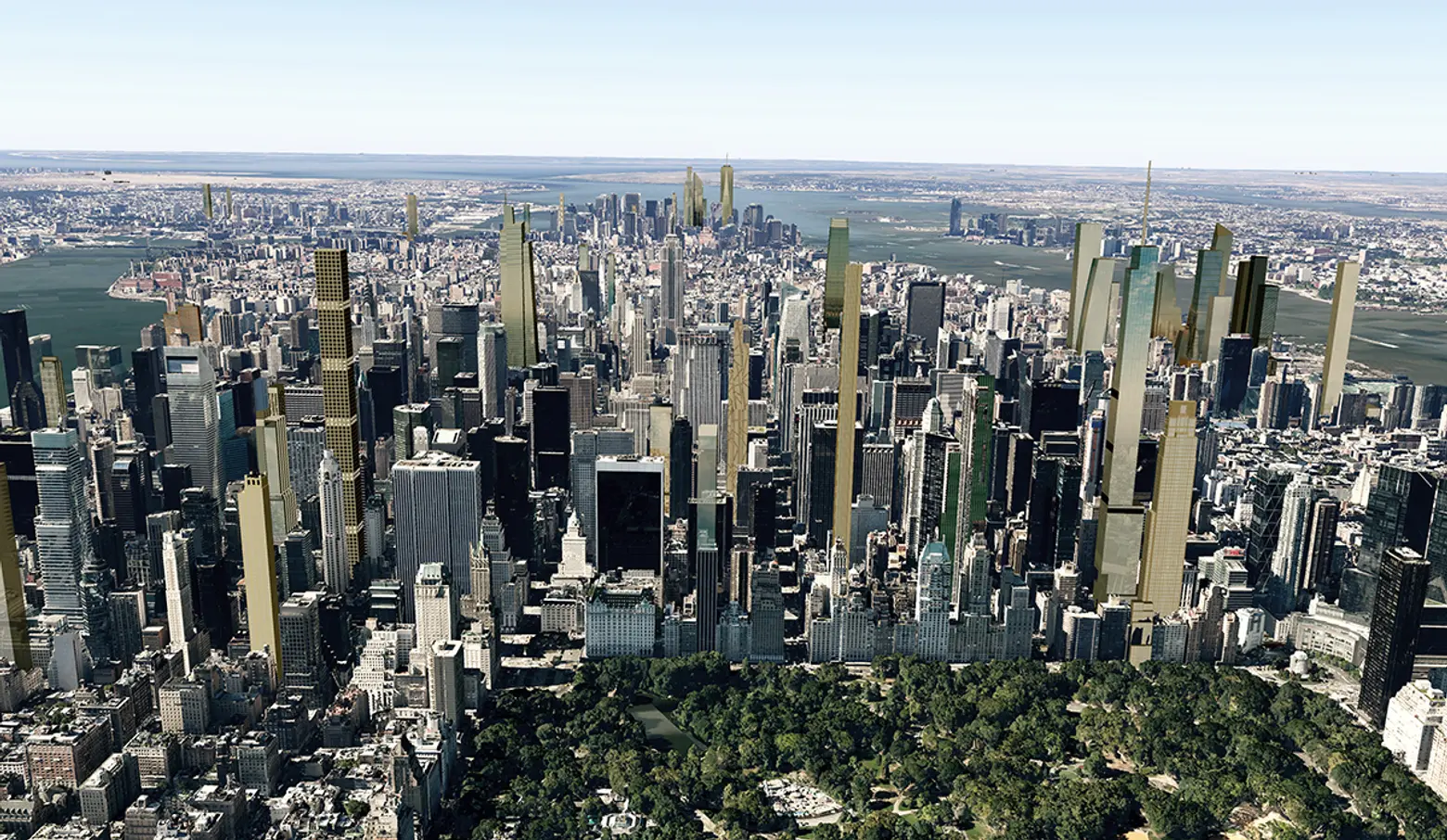
What the NYC skyline could look like in 2018, via CityRealty
It comes up every time a rendering is released for the latest supertall tower –how will the massive structure impede the views of its neighbors and what kind of obstructive shadows will it cast below? With a dozen supertalls (1,000 feet or higher) in the construction or planning stages in Manhattan, the threats are imminent and unavoidable, but Councilman Mark Levine hopes to get ahead of the issue moving forward. Levine, who chairs the parks committee, will introduce legislation today to create a task force that will examine, as he put it, “the looming threat of shadows falling on our parks from the rising number of skyscrapers,” according to Capital New York.
The issue can be dated back to the zoning law of 1916 that followed the construction of the Equitable Building, which was so large and boxy that it completely blocked any sunlight and air from reaching the ground. This is what gave way to the famous setback towers like the Empire State Building and the Chrysler Building. But in 1961, the zoning laws were amended, allowing towers to be built straight up in exchange for giving open space to the public (think the Seagram Building). The problem has now come to light again in recent years thanks to the slew of tall, skinny towers infiltrating the blocks south of Central Park. A New York Times op-ed in 2013 by journalist Warren St. John warned that the supertalls on Billionaires’ Row would block a great deal of Central Park’s “exposure, especially in months when the sun stays low in the sky.”
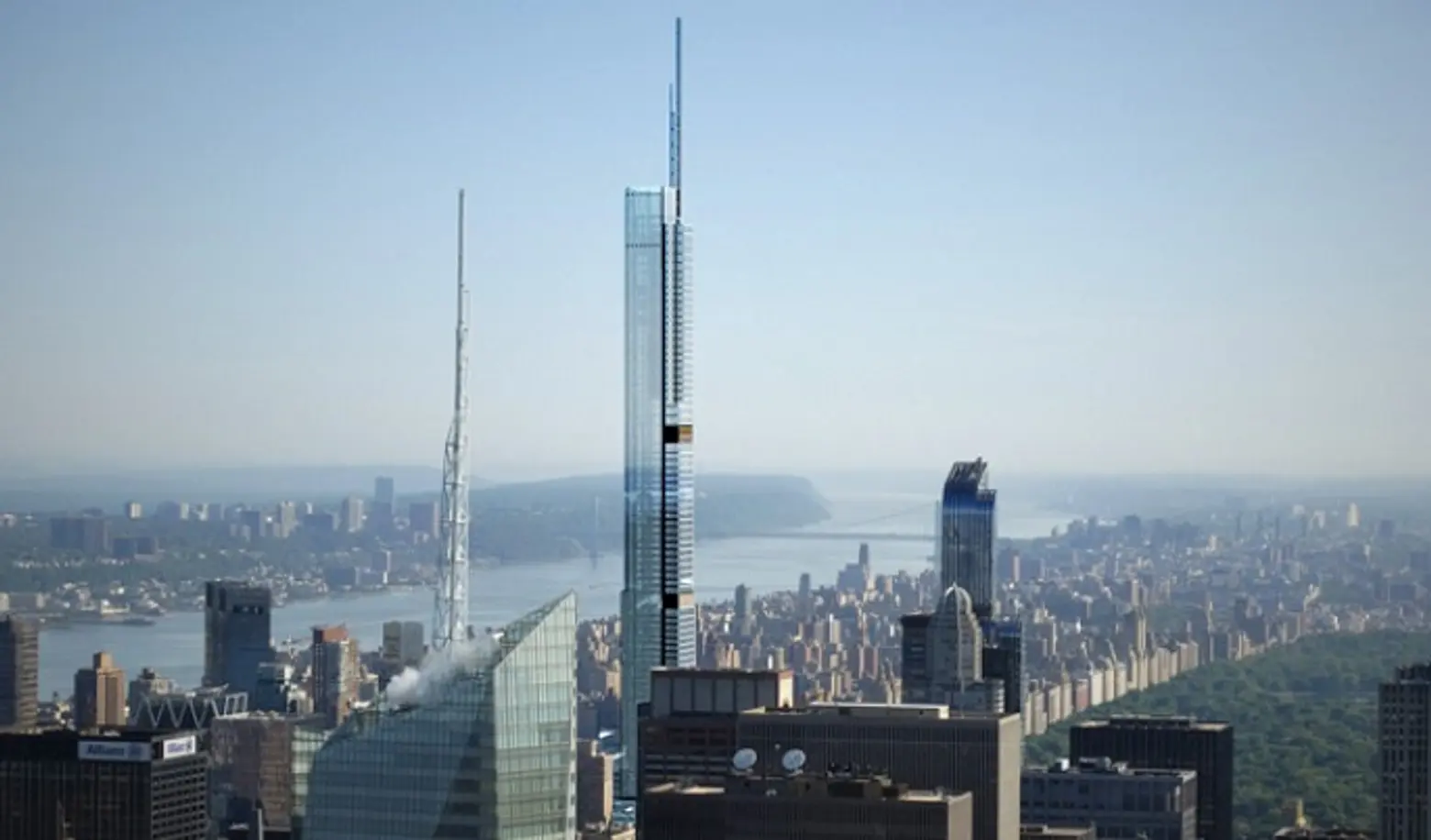
Rendering of the Nordstrom Tower
New York City currently has no restrictions on the shadows a tower may cast. In fact, the city doesn’t limit height, it only regulates FAR (floor area ratio), but developers can buy air rights from adjacent buildings, allowing them to build even higher as of right. For example, the Nordstrom Tower paid $30 million from the neighboring Art Students League, and it will now reach a height of 1,775 feet. Other cities are not as lenient, though. San Francisco “has a sunlight ordinance, which blocks construction of buildings over 40 feet casting a shadow on particular parks,” and Boston has a similar regulation. In London, “as of right” doesn’t exist; every building’s size and shape is negotiated with planning officials. Architects in London also recently created a design for a “no-shadow” skyscraper. Councilman Levine isn’t advocating for something along these lines, but rather he hopes the legislation will “get us talking about this and tracking it and exploring possible solutions.”
The task force would be comprised of the parks commissioner, the city planning commission chair, and commissioners from the departments of buildings, environmental protection, and housing preservation and development. The group would meet at least twice annually to “catalogue new and prospective developments that might cast shadows on parks, recommend ways to mitigate those shadows, and report on their findings at the end of every year.”
RELATED:
- ‘No-Shadow’ Skyscraper Could Solve the Problem of Towers Blocking the Sun
- Pikettyscrapers: What You Call Those Expensive Supertall Buildings Nobody Lives In
- The U.S. Trails Behind in the Global Skyscraper Race
[Via Capital NY]


